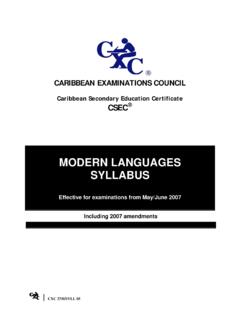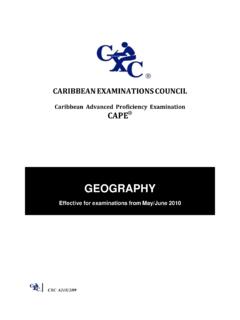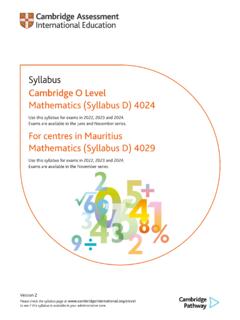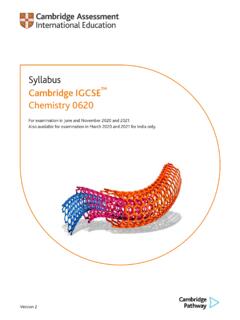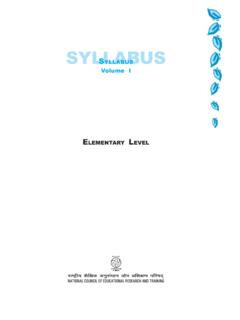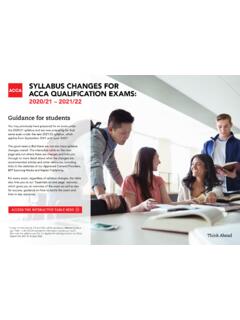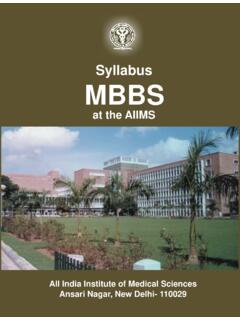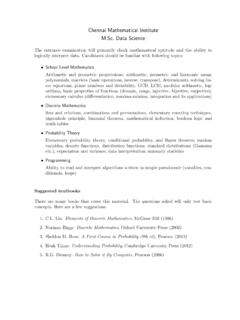Transcription of SAMPLE SYLLABUS SAMPLE SYLLABUS TEMPLATE
1 CCC Adult Education Program ABE/GED SAMPLE SYLLABUS SAMPLE SYLLABUS TEMPLATE 1 2 City Colleges of Chicago ADULT EDUCATION PROGRAM Your Course Number and Title Here Course SYLLABUS TEMPLATE Course Title: Course Number: Section Number: Class Schedule: First Day of Class: Last Day of Class: Adult Educator Information First Name: Last Name: Mailbox Location: Office: Office Phone.
2 E-mail Address: Materials Textbook Information: CCC Core Text Technology and Software: Supplies and Supplementary Materials: Classroom Polices and Procedures General Information: Information about the college, the program and/or the class 3 Course Description: Use CCC course description, which is available in your AE office.
3 Attendance Policy: Programmatic attendance policy (ICCB rules) as well as any additional Adult Educator preferences Homework Policy: Grading System: Requirements to pass the course Course Calendar: Course Student Learning Outcomes and Objective Strands Student Learning Outcomes: From CCC AE Curriculum Course Strands: Description of curriculum strands and samples of curriculum objectives Topical Outline/Course Calendar Week-by-Week Schedule: Week 1 As you type, spaces will expand.
4 Week 2 Week 3 Week 4 Week 5 Week 6 Week 7 Week 8 Week 9 Delete or ignore weeks 9-16 if an 8-week course. Week 10 Week 11 Week 12 Week 13 Week 14 Week 15 Week 16 4 Methods of Evaluation Projects Group Participation and/or Activity Objective Test Essay Oral Report Comprehensive Mid-term and/or Final Exam Research Paper Portfolio Pre- and Post- Test Additional Information.
5 Methods of Assessment Classroom Assessment Techniques (CATs) Muddiest Point Minute Paper One Sentence Summary Defining Features Matrix Prior Knowledge Survey Student-Generated Test Questions Memory Matrix Application Cards Chain Notes Other(s) _____, _____, _____ Additional Information: 5 Methods of Instruction Active Learning Strategies Think-Pair-Share Drill Review Pairs Structured Academic Controversies Guided Reciprocal Peer Questioning Send-a-problem Structured Problem Solving Think Aloud Other (s): Project-Based Learning Projects.
6 Contextualization Contextualized Learning Activities: College Resources (AEs can add information related to available college resources for adult education students) 6 City Colleges of Chicago ADULT EDUCATION PROGRAM Visit us online at Beginning ABE ( ) Math Course SYLLABUS Instructor.
7 Sharon Bryant (312) 553-3309 Course Title: Beginning ABE Math Course Number: 0123 Section Number: 001 Term: Fall 2009 (August 31, 2009 December 19, 2009) Class Schedule: Tuesday, Wednesday & Thursday 9 am 12 pm Lab: Tuesday & Thursday 12:05 pm 1:05 pm Course Description: This 8-week Adult Basic Education Math course is designed to reinforce addition, subtraction, and estimation competencies, simple decimals and fractions are also introduced during the course.
8 Mathematical lessons reflect real-life situations and usage in which sound knowledge of vocabulary, critical thinking, and mathematical concepts are needed. Pre-requisites: Successful completion of Beginning Literacy Math or TABE score of or higher. Course Objectives: 1. Recognize even ( 0, 2, 4, 6, and 8 etc) and odd ( 1, 3, 5, 7, and 9, etc) number endings. 2. Know that the position of a digit signifies its value (ones, tens, hundreds, etc), including the use of zero. 3. Associate whole numbers to their respective spoken names, written, and numerals.
9 4. Memorize timetables 6 12. 5. Add or subtract 2 through 4-digit numbers with or without regrouping numbers, apply rules if necessary. 6. Multiply and divide 2 and 3 digit numbers. 7. Identify dimensional shapes ( a square, circle, rectangle, and a triangle) and use in simple word problems. 8. Define: metrics and solve basic metric conversion problems. 9. Solve two-step word problems applying appropriate operations (addition, subtraction, multiplication and or division). 10. Distinguish how mode, mean, and median are used in simple word problems.
10 11. Define: fractions and distinguish proper fractions, improper fractions and mixed fractions. 12. Divide the whole into parts ( dividing a pizza into equal parts). 13. Define: decimals and compare decimals according to size ( difference between .07 & .7). 14. Identify place values to the right and left of the decimal point. 15. Illustrate and demonstrate the connection between decimals and money. Student Learning Outcomes: Apply understanding of ways numbers are represented and used in the real world (Use fractions or , classify as even or odd).


